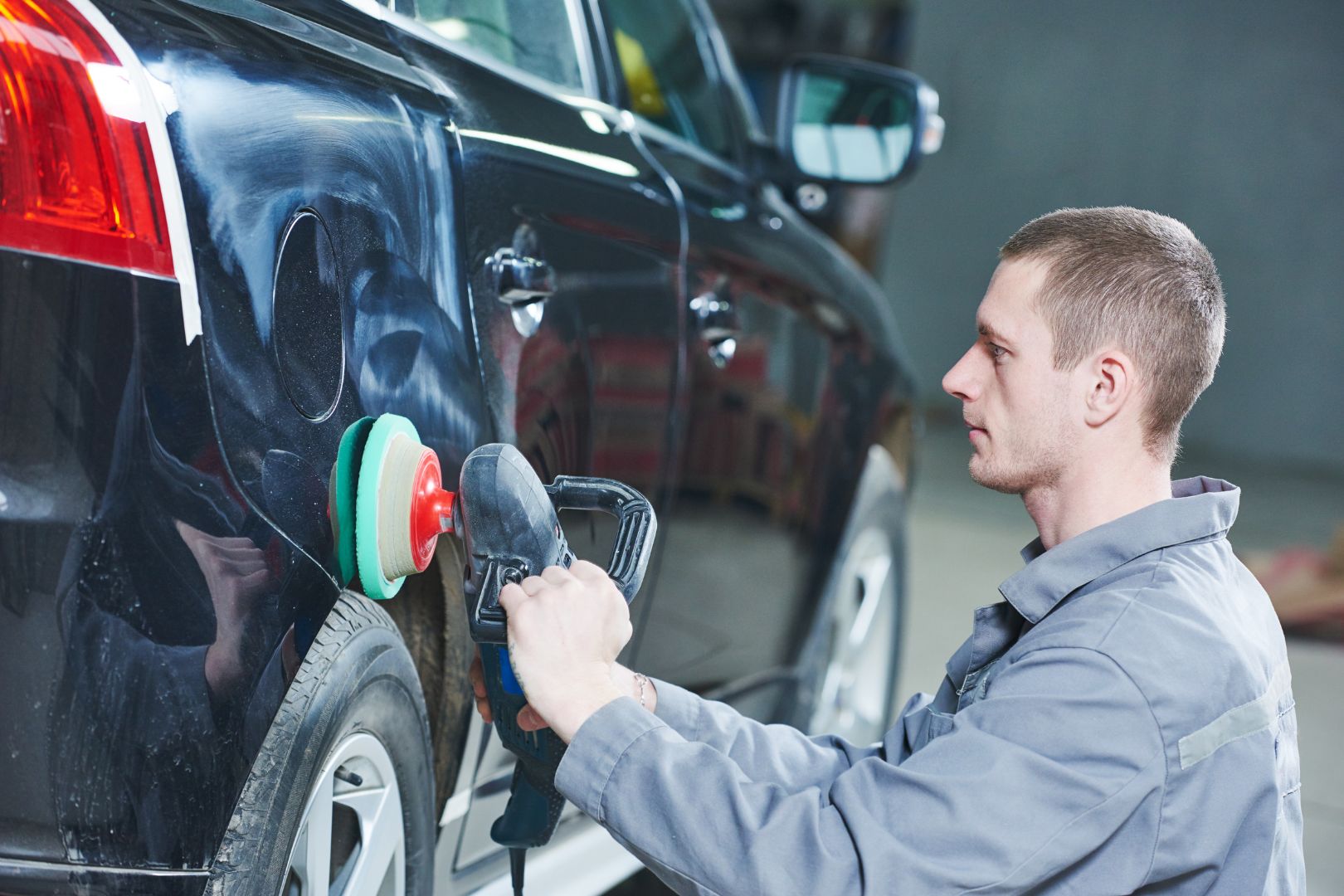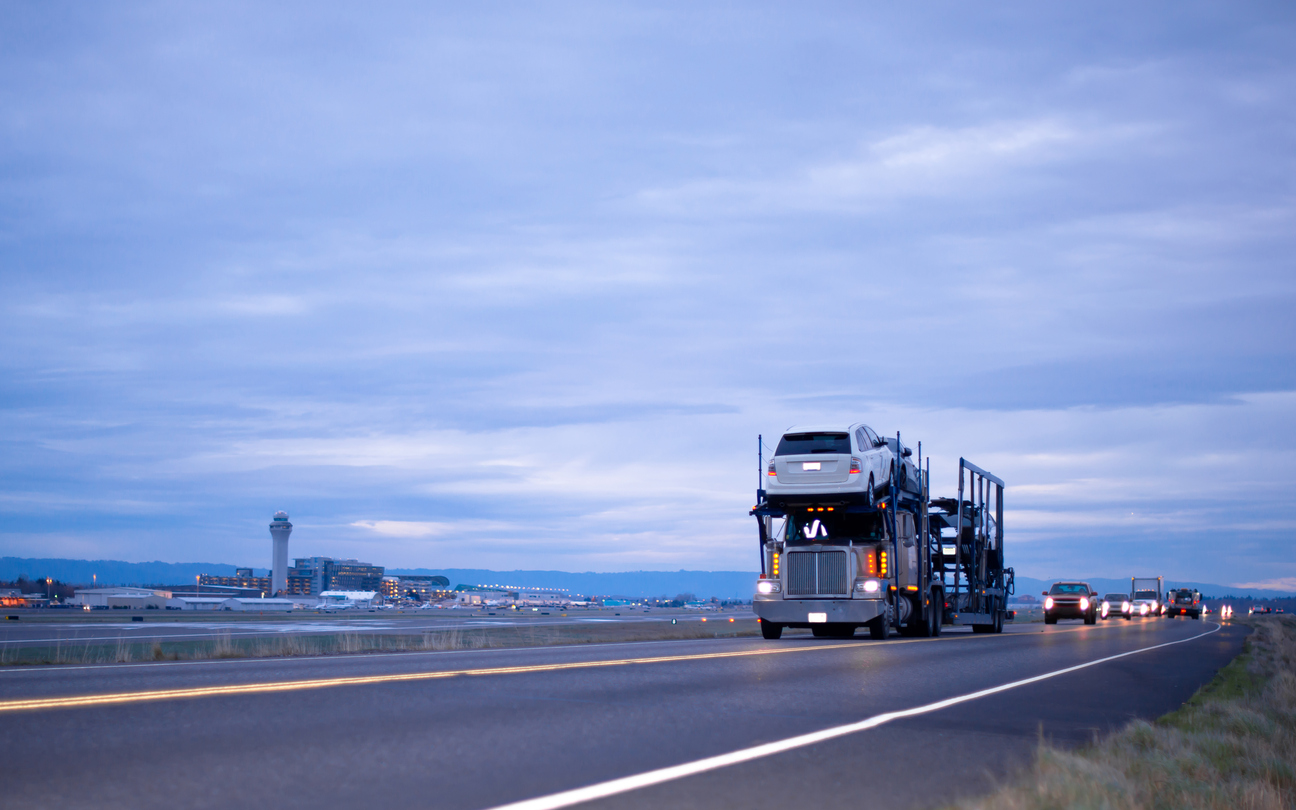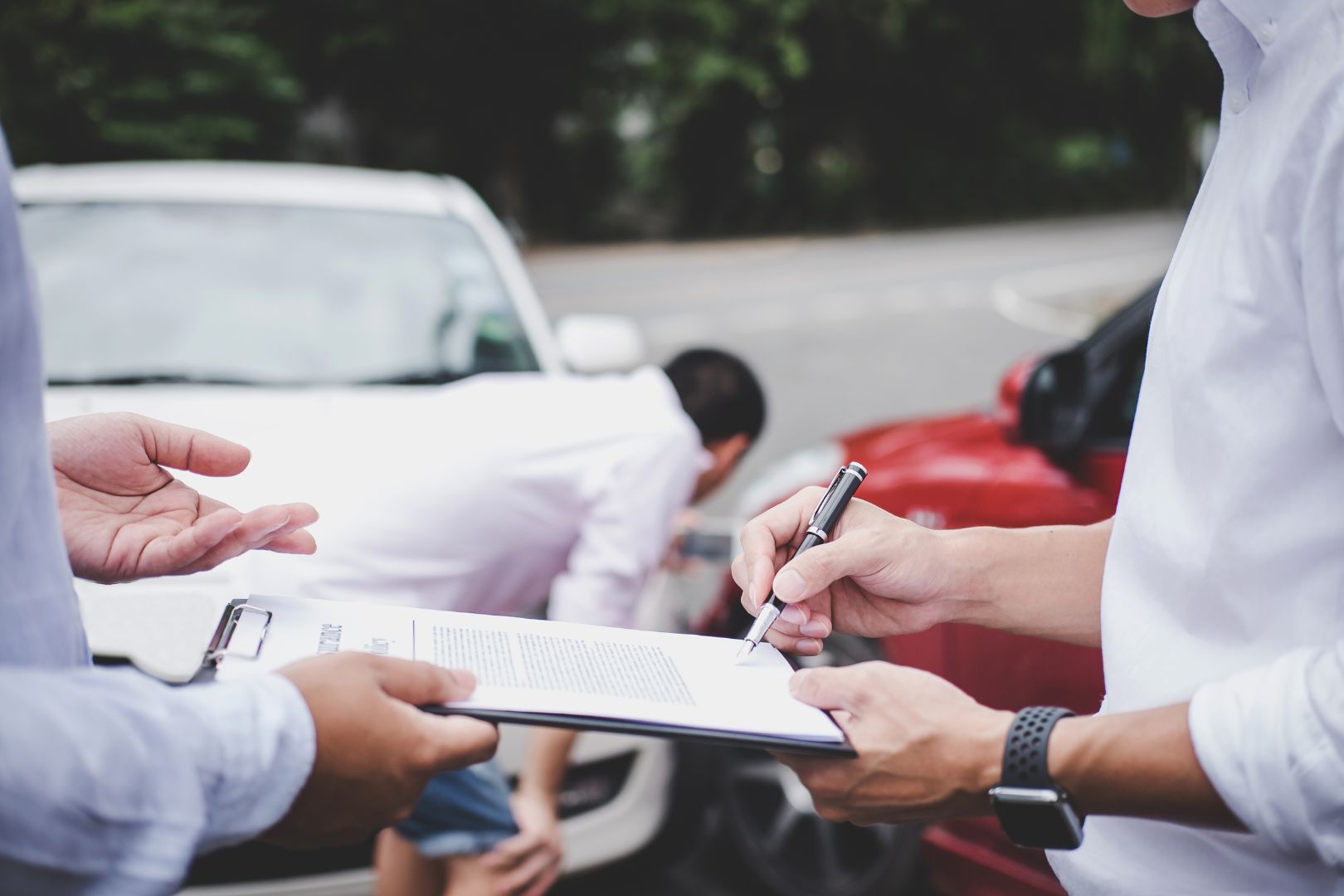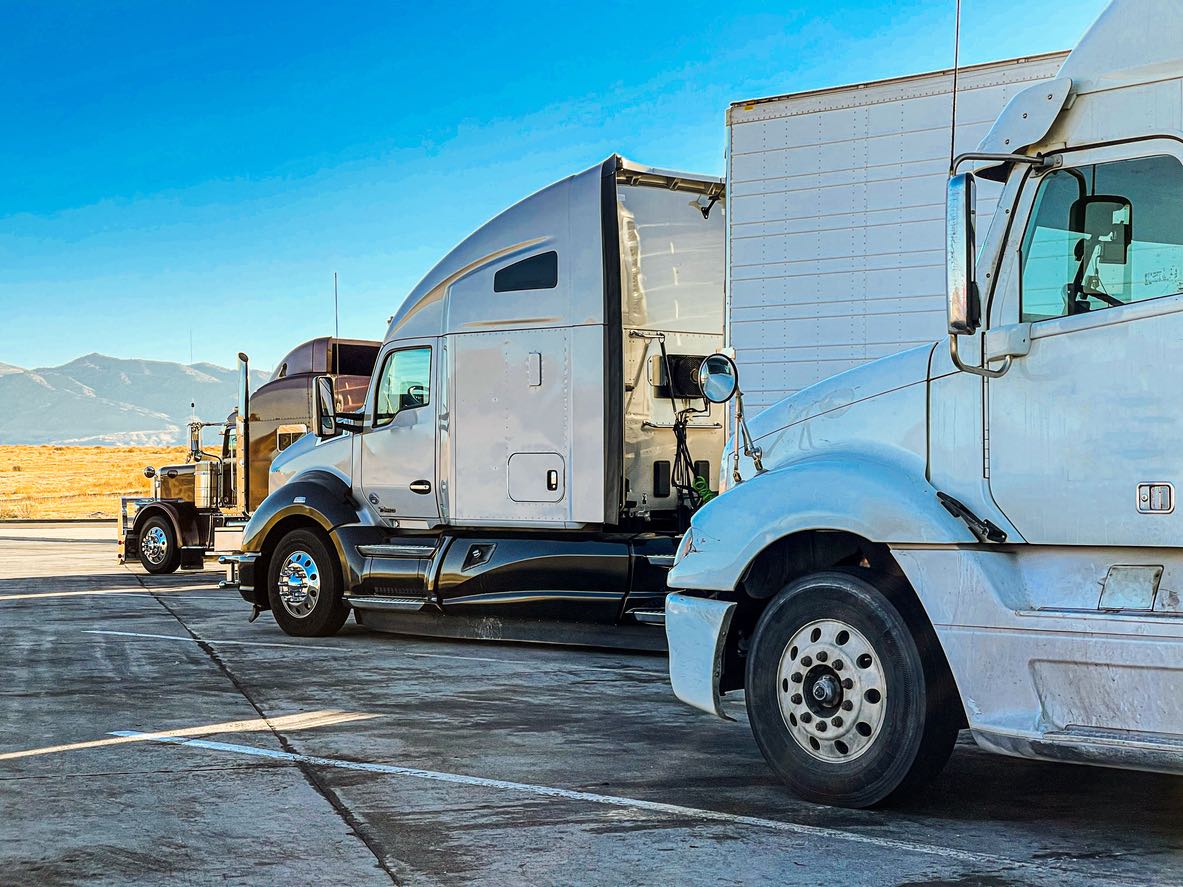Most people worry about what happens if their vehicles get damaged during shipping. Unfortunately, there is a huge possibility of that happening, and you need to find out how the shipping company you are working with chooses to help with the damage claims.
Sometimes, even some of the most auto transport companies go through this time, which could be another driver’s fault. However, instead of playing the blame game, your goal should be getting protected from the start. We will quickly give you excellent tips on going through this process.

You can protect yourself before shipping your vehicle, including taking pictures and documenting your car’s condition. Look at all the vehicle’s external and inside parts to see that they are working correctly before handing the keys to the shipping company. All your moving parts should be operational, including the windshield and headlights. It makes it easy to get compensation in case of damages.
The carrier’s driver needs to also inspect the vehicle during loading and document as much information as possible. Never get offended if you find the drivers inserting your vehicle since it is part of keeping everything in check. In most cases, the drivers will hand you a Bill of Lading, which transfers the responsibility from you to the driver. Here are the benefits of BoL:
- Provides ownership and receipt: The Bill of Lading acts as a receipt once the car is loaded onto the vessel or other means of transport. It serves as proof that the carrier has received the car and establishes the ownership of the vehicle.
- Document of title: This document represents car ownership during transit. It allows the owner or their designated party to claim the vehicle upon arrival at the destination port.
- Legal protection: This document is a legally binding contract between the shipper (vehicle owner) and the carrier. It provides the terms and conditions of the shipment, including responsibilities, liabilities, and the agreed-upon delivery terms. In addition, it provides legal protection to both parties in case of any disputes or damages during transit.
- Insurance coverage: The document is often required by insurance companies to provide coverage for the vehicle during transportation. It ensures that the car is adequately protected against loss or damage, providing peace of mind to the owner.
- Customs clearance: It is a crucial document for customs clearance purposes. With it, you provide authorities with the necessary information to verify the shipping of the vehicle, calculate duties and taxes, and ensure compliance with customs regulations.
- Transfer of ownership: In some cases, the Bill of Lading can serve as a negotiable instrument, allowing the owner to transfer ownership of the vehicle by endorsing the document to a third party. This process benefits you if you sell a car in a different state.
Carefully review the terms and conditions of your shipping contract. You should pay attention to any clauses related to damage claims, insurance coverage, and time limits for filing a claim. Always ensure you comply with the specified procedures and timelines so that the shipping company has nothing against you.

Be sure to notify your car insurance provider about the damage and provide them with all the necessary details. The team has experts who can guide you through the claims process and help determine if you’re eligible for coverage.
Follow the shipping company’s claim process and submit a formal claim in writing. You should describe the damage, include supporting documentation and evidence, and specify your desired resolution, such as repair costs or compensation. Since you already have pictures, it is easy to indicate the damaged parts showing evidence of how they looked before the shipping process.

Stay in regular contact with the shipping company and insurance provider to monitor the progress of your claim. Ensure you document all conversations and correspondence, including dates, names, and reference numbers. It allows you to have details on whether the company is following up with the damages and how to fix them.
If your claim is denied, unresolved to your satisfaction, or the damage is substantial, consider consulting a lawyer specializing in transportation or insurance law. Such experts provide guidance and represent your interests in pursuing a fair resolution. However, you must remember to only contact an attorney if the damage is considerable as you will be out of pocket even more with attorney fees if you do decide to go this route.

The goal should be to work with a well-insured auto shipping company such as Ship A Car, Inc. that has a network of common carriers that do have all the proper insurance coverage to reduce the chances of your truck, SUV, or any vehicle getting damaged along the way. We know how much you value your vehicle and work towards providing the best services. Reach out to find ways through which we handle shipping damage claims and ask any questions you have regarding auto shipping services.
If an accident happens during shipping, the auto shipping company communicates with the owner to ensure no surprises during delivery. In addition, most companies contact the owners to explain what happened and how their insurance claims are conducted within the company.




